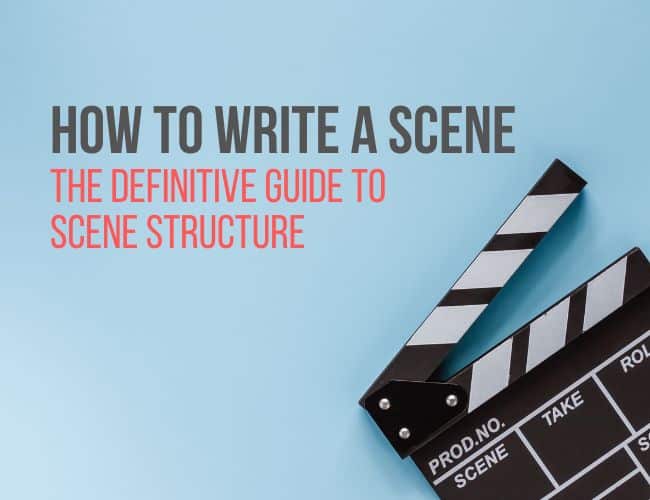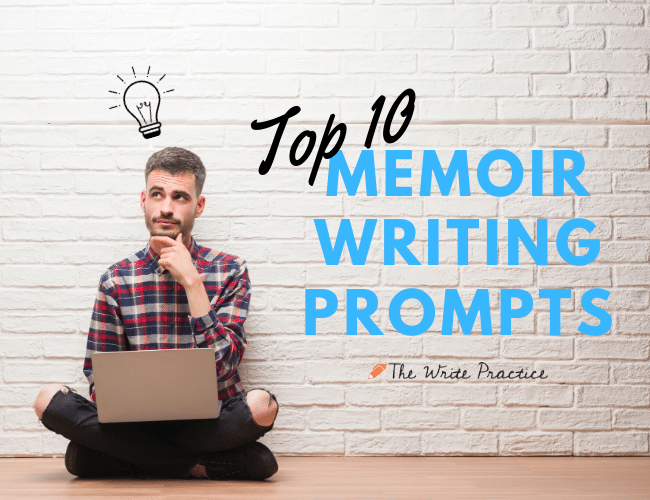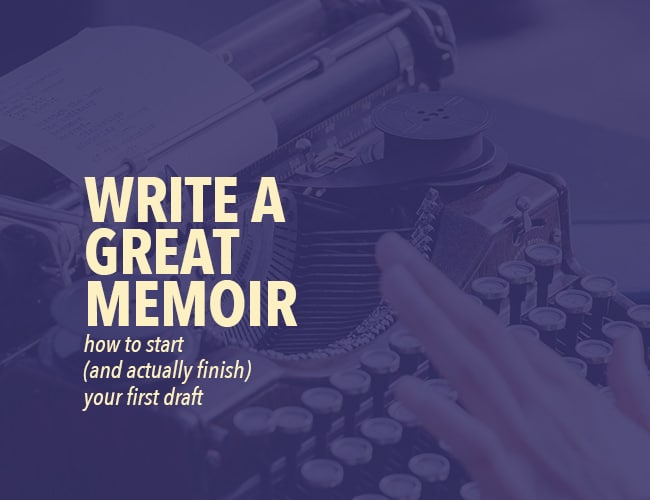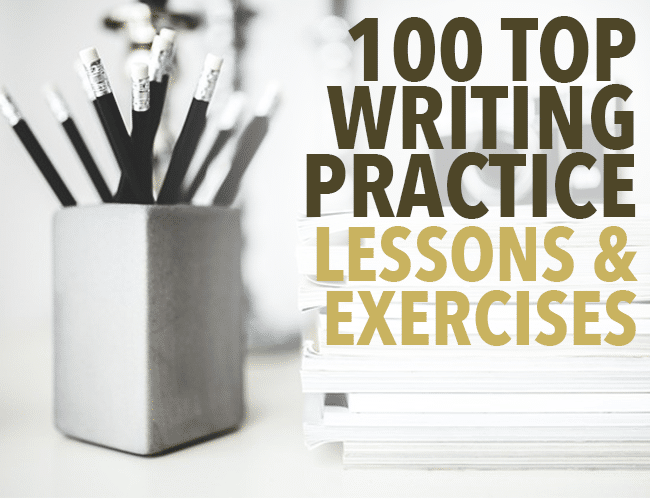
by Joe Bunting |
Once you have a great story idea, the next step is to write it. But do you want to take your brilliant idea and then write a book that bores readers and causes them to quit reading your book?
Of course not. That’s why you need to learn how to write great scenes.
Scenes are the basic building block of all storytelling. How do you actually write them, though? And even more, how do you write the kind of scenes that both can keep readers hooked while also building to the powerful climax you have planned for later in the story?
In this post, you’ll learn what a scene actually is. You’ll explore the six elements every scene needs for it to move the story forward. Then, you’ll learn how to do the work of actually putting a scene together, step-by-step. We’ll look at some of the main scene types you need for the various types of stories, and we’ll also look at some scene examples so you can better understand how scenes work. Finally, we’ll put it all together with a practice exercise.

by Joe Bunting |
Want to write a memoir but not sure how to get started? I’ve got you covered. In this post, I’m sharing my ten best creative writing prompts for memoir writers.

by Joe Bunting |
What does it take to write a memoir? Not just any memoir—a great memoir, one that people love and talk about and share with their friends?
In this guide, I want to talk about how you can start writing your memoir, how you can actually finish it, and how you can make sure it’s good.
If you read this article from start to finish, it will save you hundreds of hours and result in a much better finished memoir.

by Joe Bunting and Ruthanne Reid |
Plot has a specific structure. It follows a format that sucks readers in; introduces characters and character development at a pace guaranteed to create fans; and compels readers to keep reading in order to satisfy conflict and answer questions.
Do you want readers to love your story? (Who doesn’t, am I right?) Then you need to understand plot.

by Joe Bunting |
Want to become a better writer? Perhaps you want to write novels, or maybe you just want to get better grades in your essay writing assignments, or maybe you’d like to start a popular blog.
If you want to write better, you need practice. But what does a writing practice actually look like? In this post, I’m going to give you everything you need to kick off your writing practice and become a better writer faster.




